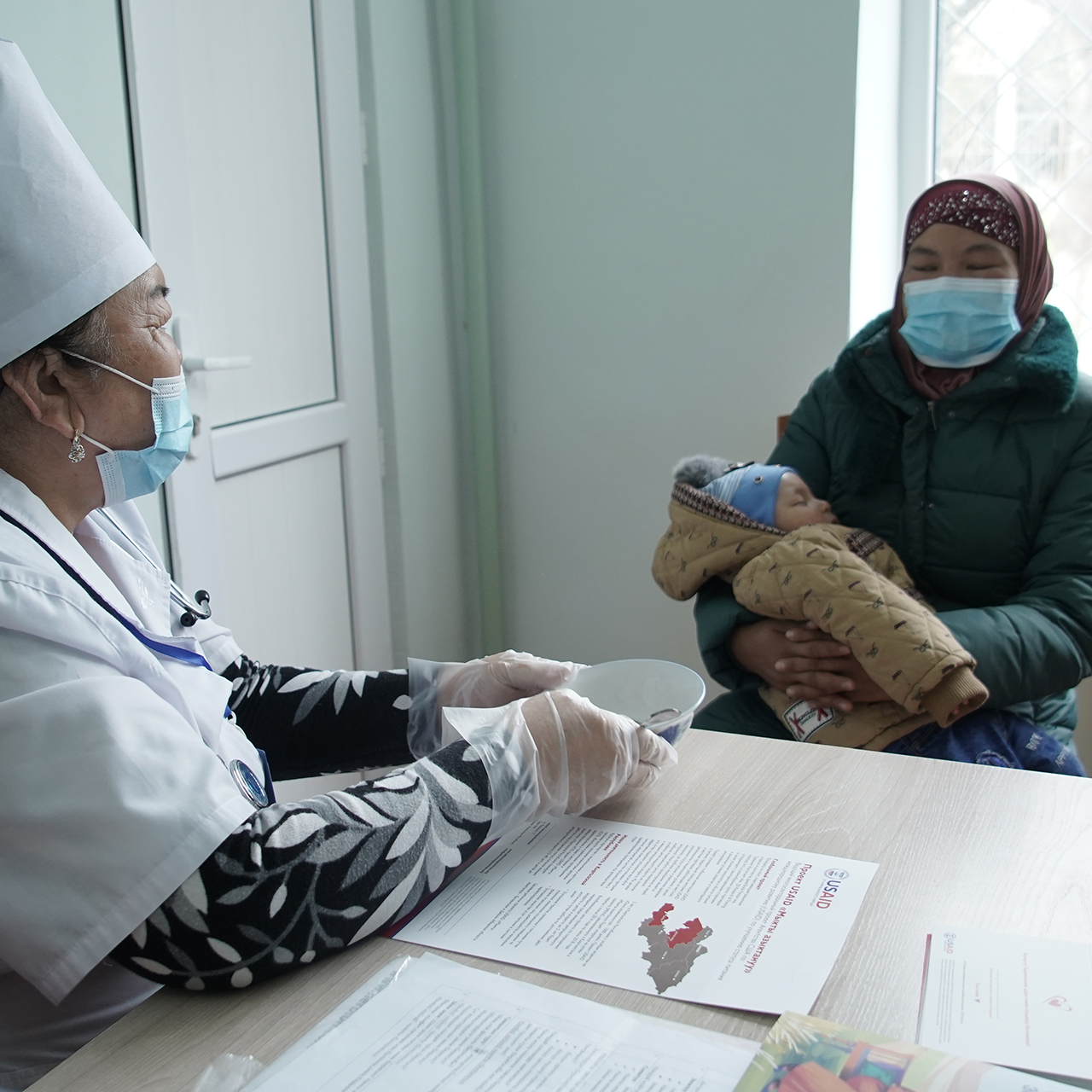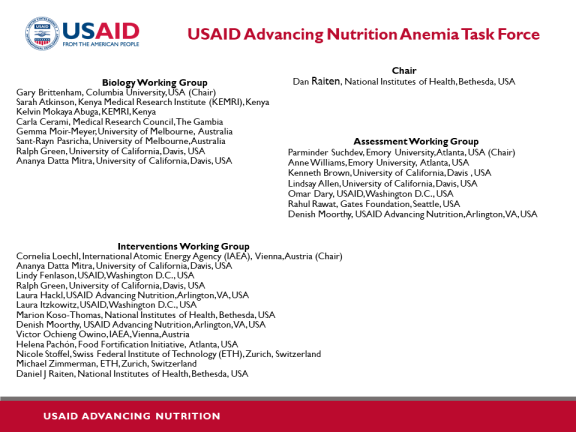
Anemia is caused by multiple factors—such as, iron and other nutrient deficiencies, malaria, helminths, inflammation, infections, and genetic blood disorders. Preventing and controlling anemia require an understanding of the causes of anemia in a given setting and developing integrated programs to address these underlying causes. Governments and donor agencies have made large investments to reduce anemia, but still it remains an urgent public health problem despite decades of global research into its prevalence, causes, and consequences.
One of the reasons for lack of significant progress in anemia reduction may derive from an older paradigm that assumes that 50 percent of anemia cases worldwide were caused by nutritional iron deficiency, resulting in programs that have primarily focused on delivery of iron, assigning slightly lower priority to other approaches. While iron deficiency remains the most common cause of anemia, new estimates suggest that iron deficiency may contribute a lesser proportion to anemia than previously assumed (25 percent in school-aged children and 37 percent in women of reproductive age). This calls for interpreting new evidence on the nutritional, physiological, and genetic aspects of anemia, and developing an approach that starts with context-specific assessment that leads to appropriate interventions, especially in in low- and middle-income countries (LMICs).
To this end, the USAID Advancing Nutrition Anemia Task Force, a panel of nutrition experts, has developed a comprehensive overview of anemia, adopting an ecological approach that includes an appreciation of systems biology—understanding the biological mechanisms underpinning various causes of anemia, translation of knowledge of biology within sensitive and specific assessment methodologies and interventions. This approach which ultimately improve clinical and public health outcomes in LMICs, which disproportionately share the burden of anemia and its consequences. This is illustrated in a series of four papers that form a supplement in the Journal of Nutrition, deriving from the work of three working groups that comprise the Task Force:
The USAID Advancing Nutrition Anemia Task Force also advises the project on areas of investments for research and implementation in anemia reduction.

The Journal of Nutrition published the supplement in the fall of 2023.
The USAID Advancing Nutrition Anemia Task Force developed five Anemia Briefs that explore current evidence and practice to understand and address the causes and consequences of anemia, and interventions to reduce the burden of disease.